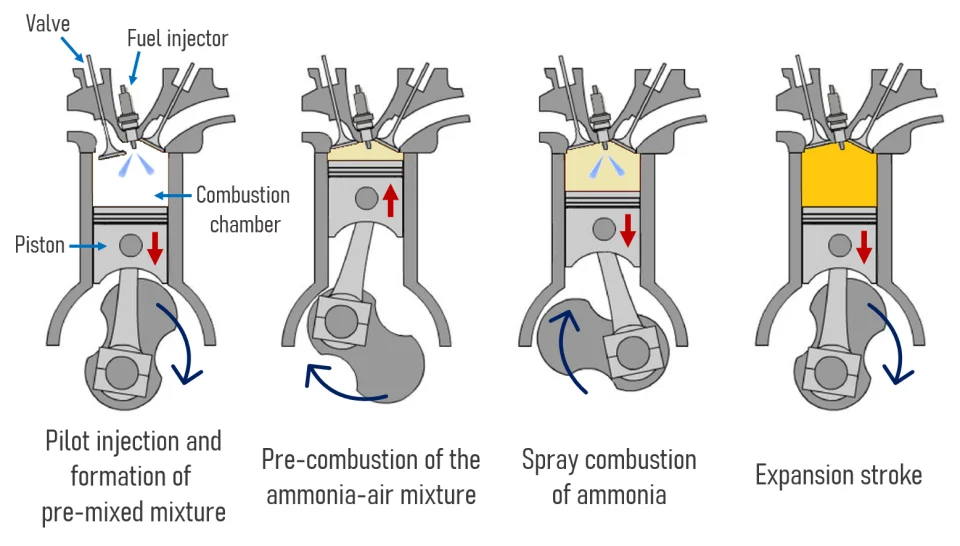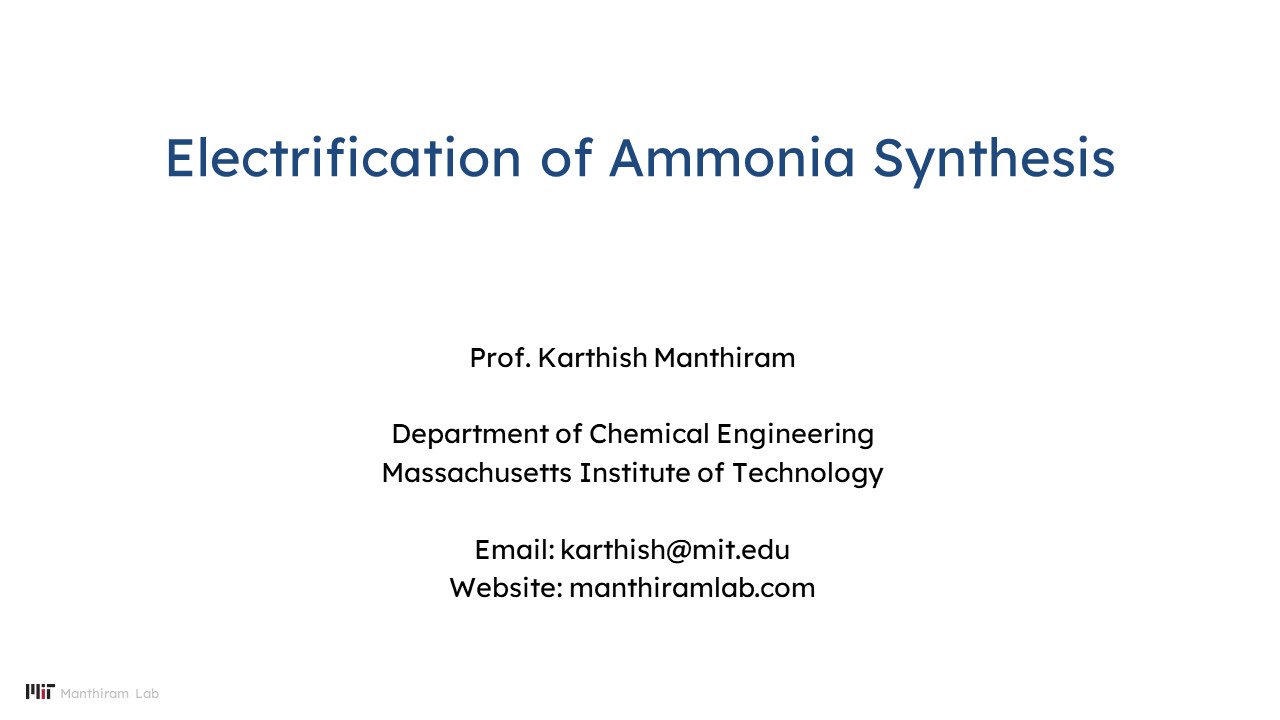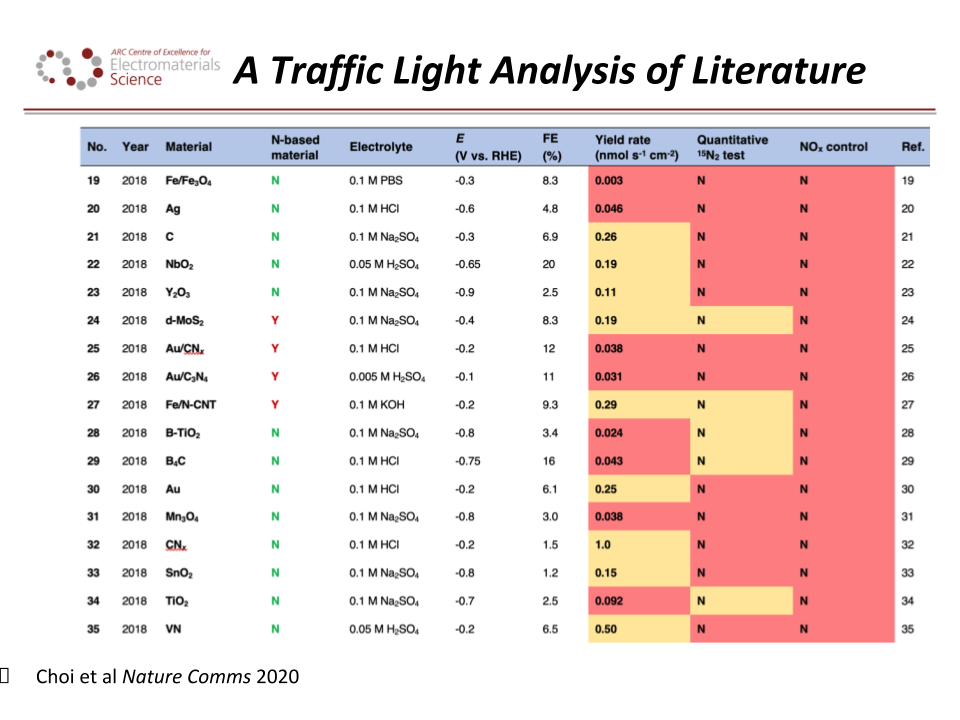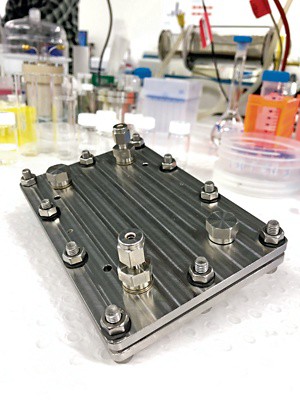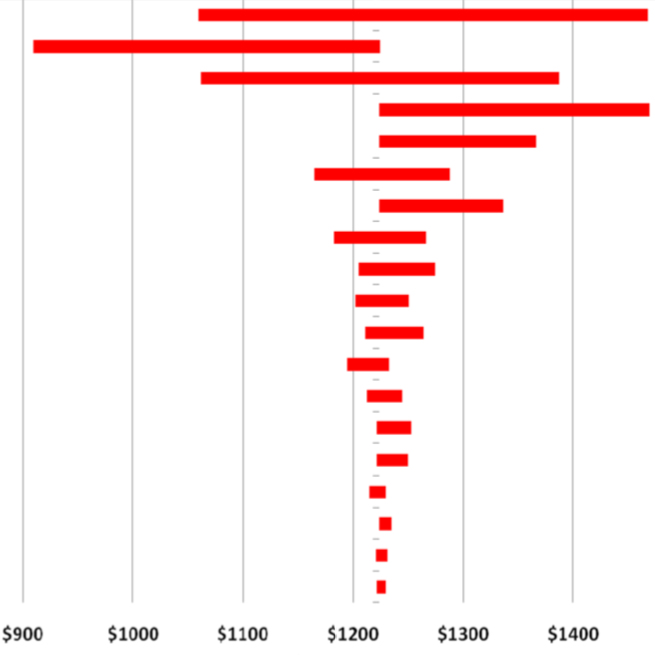Welcome to the Ammonia Wrap: a summary of all the latest announcements, news items and publications about ammonia energy. This week: a 30 GW Power-to-X project in Mauritania, green hydrogen and ammonia in Egypt, €8 billion for 62 hydrogen projects in Germany, Cummins' electrolyser gigafactory in Spain, Ammonia engine development in Portugal and Shchekinoazot gets a new decarbonisation partner.
Content Related to MIT
Article
The Ammonia Wrap: 30 GW Power-to-X project in Mauritania and more
Julian Atchison June 01, 2021
Presentation
Electrification of Ammonia Synthesis
Near-term prospects for decarbonized ammonia synthesis rely on conventional thermochemical Haber Bosch coupled to either electrochemical hydrogen production or methods of mitigating carbon emissions, such as carbon capture and storage. Thermochemical Haber Bosch requires high temperatures to achieve significant rates of ammonia synthesis and high pressures in order to achieve reasonable conversions of nitrogen and hydrogen to ammonia. Next-generation electrically-driven routes raise the prospect of using voltage in the place of temperature and pressure – an ambient pressure and room temperature route through which renewable electricity can be used to convert nitrogen and hydrogen to ammonia. Electrically-driven routes for nitrogen…
Article
Panel discussion on next-generation ammonia synthesis
Kevin Rouwenhorst December 03, 2020
This year’s Ammonia Energy Conference included a panel discussion on next-generation ammonia synthesis, moderated by Sarb Giddey (CSIRO, Australia), and featuring panelists Doug MacFarlane (Monash University, Australia), Karthish Manthiram (MIT, United States), and Michael Stoukides (Aristotle University of Thessaloniki, Greece). The panel discussed the direct fixation of nitrogen in the form of ammonia from water and air in a single electrochemical device, which is considered the “holy grail” of ammonia synthesis. During the panel, the participants gave their perspectives on the state of the art, and the obstacles and opportunities for progress.
Article
The global quest to decarbonize ammonia production
Trevor Brown June 20, 2019
NEWS BRIEF: The industrial process for ammonia production is increasingly being recognized as a target for decarbonization - by researchers, investors, regulators, and the producers themselves. Demonstrating this shift in awareness, Chemical and Engineering News (C&EN), one of the flagship publications of the American Chemical Society (ACS), this week published an in-depth review of global research and development efforts and demonstration plants for sustainable ammonia synthesis. Its review is all-encompassing, from near-term feasible renewable Haber-Bosch plants, to long-term research areas of electrochemistry, photocatalysis, and bioengineering.
Article
Ammonia from Offshore Wind: a techno-economic review on the US East Coast
Trevor Brown January 26, 2018
A new study examines the technologies needed to produce renewable ammonia from offshore wind in the US, and analyzes the lifetime economics of such an operation. This is the latest in a years-long series of papers by a team of researchers from the University of Massachusetts, Amherst, and Massachusetts Institute of Technology (MIT). And it is by far the closest they have come to establishing sustainable ammonia as being cost-competitive with fossil ammonia.
Article
Future Ammonia Technologies: Electrochemical (part 1)
Trevor Brown December 22, 2017
Last month's NH3 Energy+ conference featured presentations on a great range of novel ammonia synthesis technologies, including improvements to Haber-Bosch, and plasmas, membranes, and redox cycles. But, in a mark of a conference approaching maturity, members of the audience had at least as much to contribute as the presenters. This was the case for electrochemical synthesis technologies: while the presentations included updates from an influential industry-academia-government collaboration, led by Nel Hydrogen's US subsidiary, the audience members represented, among others, the new electrochemical ammonia synthesis research lab at Massachusetts Institute of Technology (MIT), and a team from Monash University in Australia. The very next week, Monash published its latest results, reporting an electrochemical process that synthesized ammonia with 60% faradaic efficiency, an unprecedented rate of current conversion at ambient pressure and temperature.
Article
Integrating Ammonia Production with Nuclear Power
Stephen H. Crolius December 09, 2016
In an interview today, Dr. Yaoli Zhang from Xiamen University discussed the case for integrating ammonia production with nuclear power. Dr. Zhang is currently a Visiting Professor at the Massachusetts Institute of Technology in Boston. The idea would be to harness both unused generating capacity and waste heat to produce ammonia with a near-zero carbon footprint.
